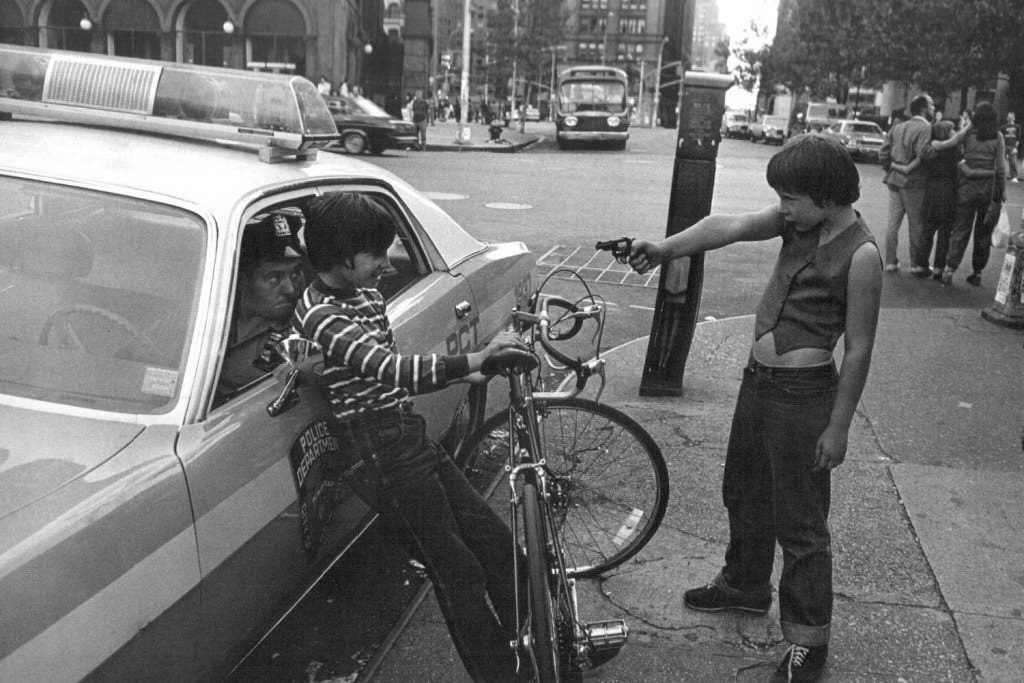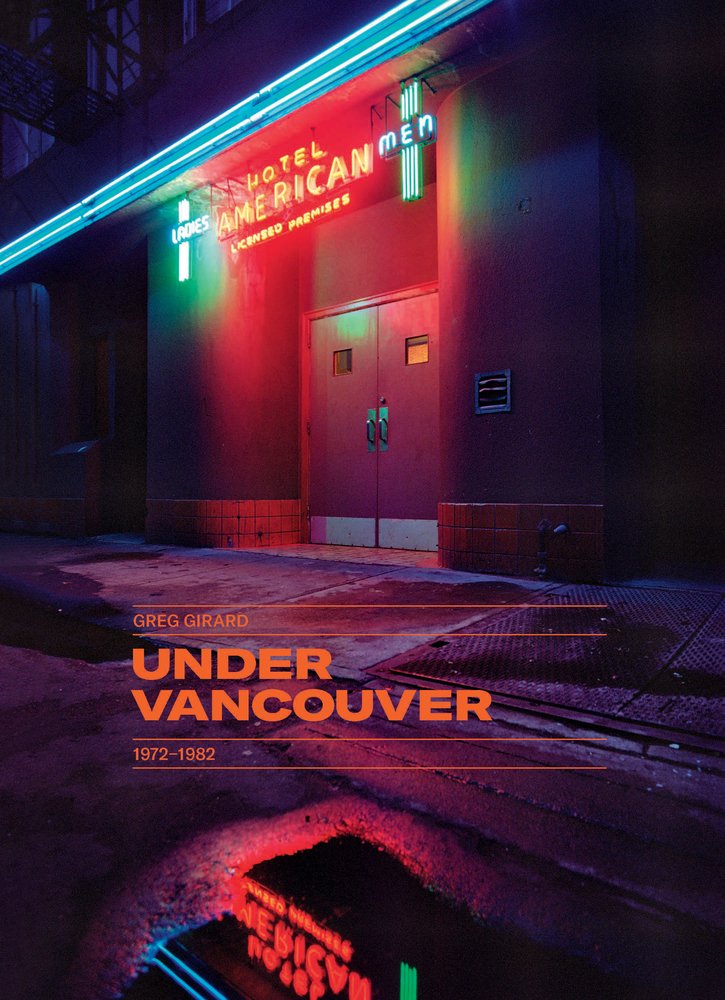In: street photography

Gun Play | Jill Freedman
August 8, 2022Jill Freedman is a name you should know in the world of photography… but more than likely don’t. With a career that spanned 40 years, 7 (and counting) books and pieces acquired by major galleries, Freedman’s work connects deeply with her subjects in a manner unlike most documentary photographers.
From the very beginning, Jill was IN. She didn’t go to take photos of Resurrection City in Washington in 1968; she LIVED in the camp with the protesters for the duration of that campaign. She travelled with the circus for several months in the early 70’s to get her incredible photos of life under and around the big top. She embedded herself in the firehouses and police precincts of NYC and came out with work so beautiful and intimate that her two books on the subjects (Firehouse and Street Cops) were snapped up by first responders when they were re-released in the early 2000’s.
When Pulitzer Prize winner Studs Terkel wrote his oral history Working in 1974, Jill Freedman was who he interviewed when talking about photographers. From the first time I saw her work, I knew that there was an extreme tension in how she approached it. “Sometimes it’s hard to get started, ’cause I’m always aware of invading privacy. If there’s someone who doesn’t want me to take their picture, I don’t. When should you shoot and when shouldn’t you? I’ve gotten pictures of cops beating people. Now they didn’t want their pictures taken. (Laughs.) That’s a different thing.”[i] Freedman walked a very thin line between rooting for the underdog yet respecting authority.
You can find out more about Jill Freedman at http://www.jillfreedman.com/. Resurrection City, 1968 was recently re-published and can be found for purchase at your favorite bookstore or online. Firehouse and Street Cops are no longer in print, but used copies can be found online.
[i] Working: People Talk About What They Do All Day and How They Feel About What They Do by Studs Terkel Text © 1972, 1974 by Studs Terkel – The New Press, New York, 2004, Pg. 153-154
~ Mark Walton
Read More
Greg Girard: Under Vancouver 1972-1982
November 15, 2021Self published
Available HERE
“These photographs of Vancouver from the 1970s and early 1980s show the city’s final days as a port town at the end of the railway line. Soon after these pictures were made Vancouver began to be noticed by the wider world (Expo 86 is generally agreed on as the pivotal moment), refashioning itself as an urban resort on nature’s doorstep and attracting attention as a destination for real estate investment. Back then, long before post-9/11 security concerns sealed off the working waterfront from the city, many of Vancouver’s downtown and east side streets ended at the waterfront, an area filled with commercial fishing docks, cargo terminals, and bars and cafés for waterfront workers and sailors.
Made in and of the moment, they show a young photographer’s earliest engagements (often featuring the underside of the city). And although it was never the intention, the pictures now form a record of a Vancouver that has all but disappeared.” – Greg Girard
Greg Girard is a Canadian photographer who has spent much of his career in Asia. His work examines the social and physical transformations taking place throughout the region.
He is represented by Monte Clark Gallery (Vancouver). More of Greg Girard’s work can be enjoyed at his site.
~ Peppa Martin
Read More
Recent Comments